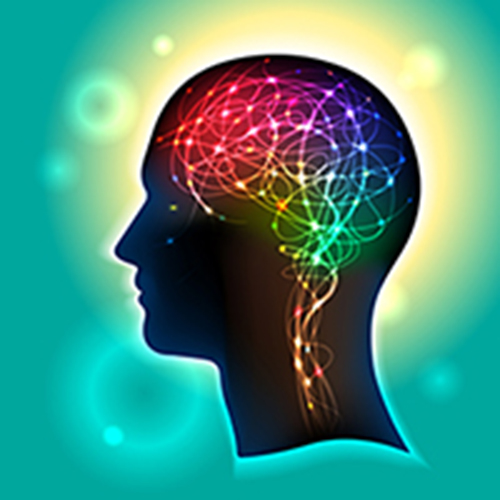Neurological devices can help diagnose, prevent, and treat a variety of neurological disorders and conditions such as Alzheimer’s disease, Parkinson’s disease, major depression, epilepsy, spinal cord injury, and traumatic brain injury. Neurological devices can be used to help restore hearing and sight and provide increased function for those with limb loss or congenital limb differences. Examples of neurological devices include diagnostics, neurointerventional, neurostimulation, physical medicine and rehabilitation devices.

(Credit: FDA)
The FDA’s Center for Devices and Radiological Health works with manufacturers and developers to support innovation and bring patients in the US access to safe and effective devices first in the world.
It also conducts regulatory research regulatory research to support the development of medical devices and monitors the safety of devices on the market. As a partner in the White House BRAIN (Brain Research through Advancing Innovative Neurotechnologies) Initiative, the FDA is working to enhance the transparency and predictability of the regulatory process for developers and innovators of neurological medical devices.
This webpage is intended to assist neurological device developers, sponsors and innovators with navigating the regulatory process. It provides insight into the premarket review process and the scientific, clinical and regulatory considerations to bringing new neurological devices to market.
For additional information, including a complete overview of the FDA’s regulatory process, visit:
- Device Advice: Comprehensive Regulatory Assistance
- CDRHLearn


